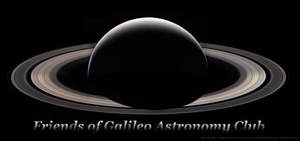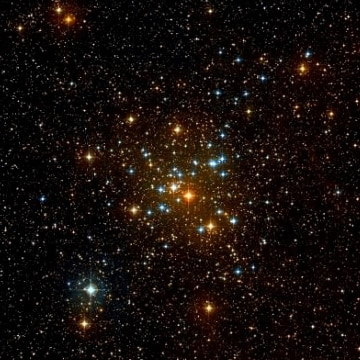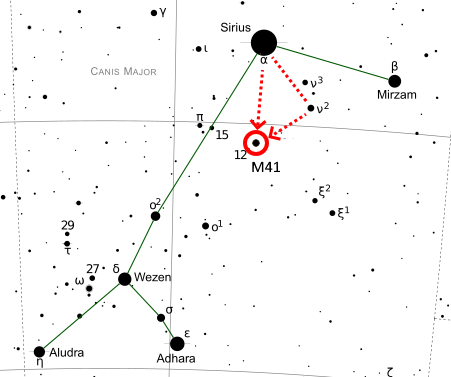FOG Blog
|
Click the link below to view or download this month's newsletter.
0 Comments
Sky Report by Ted Gruber
Evening Sky Venus (magnitude -4.2) continues to dominate the west-southwest evening sky. Venus becomes visible in the evening twilight and remains visible until setting just past 9:00pm in mid-February, and about an hour later by mid-March. The evenings of March 7 and 8 offer good chances to see Uranus, when Venus and Uranus appear about 2° apart. On the 7th, look southeast (to the lower left) of Venus for a faint star, and then continue scanning in the same direction about twice the distance between the star and Venus to see Uranus. On the 8th, first locate two faint stars southeast of Venus, and then continue about the same distance in the same direction to find Uranus. Morning Sky Mars (magnitude 1.2), Jupiter (-2.0), and Saturn (0.6) remain visible in the south-southeast morning sky all month. In mid-February, Mars rises in the southeast just after 4:00am, followed by Jupiter about an hour later and Saturn about 30 minutes after that. In mid-March, Mars rises a little before 4:00am, Jupiter a few minutes later, and Saturn about 30 minutes later. The moon passes about 2° south of Saturn on February 20. Mars, Jupiter, Saturn, and a crescent moon appear clustered together on March 18. Moon Phases New (2/23), first (3/2), full (3/9), last (3/16), new (3/24). Messier of the Month – M41 M41 is a magnitude 4.5 open cluster in Canis Major. The cluster contains about 100 stars, including several red giants and white dwarfs. M41 is about 25 light years in diameter, about 2,300 light years distant, and has an estimated age of 190 to 240 million years. Through binoculars, M41 appears as a large faint patch of light. Even small (4”) telescopes will resolve about 50 stars. M41 is best observed at low magnifications. |
Friends of Galileo
We are astronomy enthusiasts who love to learn and to share our wonder at the amazing sights right overhead. Archives
February 2024
Categories
All
|
||||||



 RSS Feed
RSS Feed